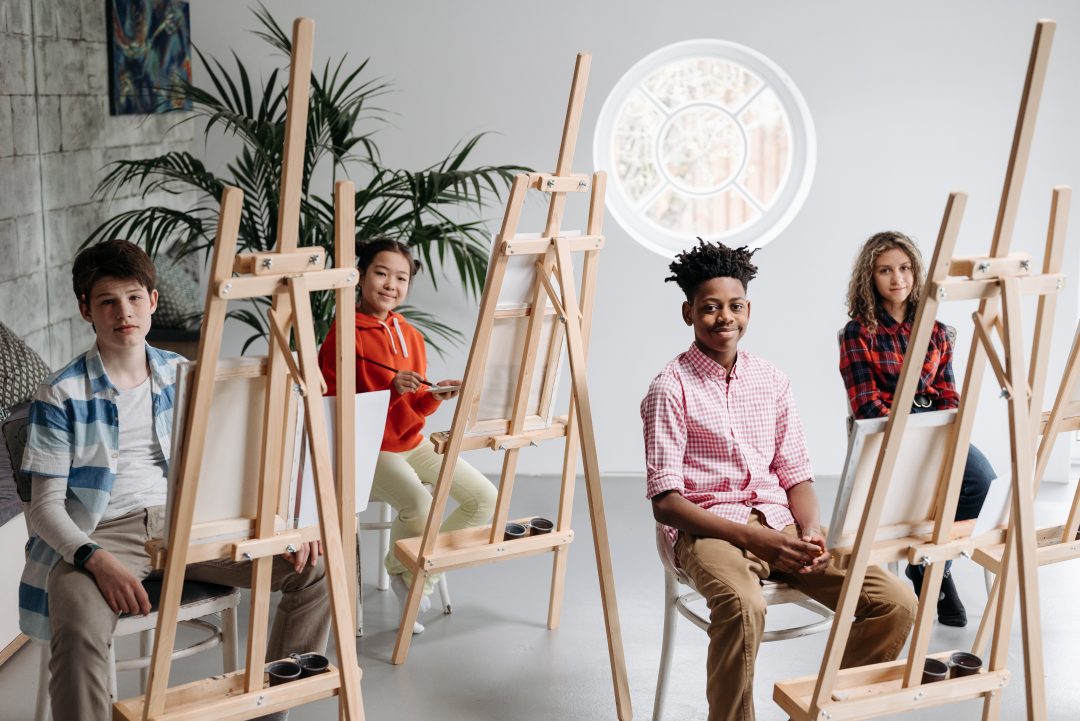There is always so much new learning we are encouraged to engage with as teachers – much of it with the specific aim of enhancing our pedagogical practice. And yes, it is critical that we expand our teaching repertoire – but it is also essential for us to pursue our own interests for our own mental health and well-being. Finding time to balance both personal and professional learning can be tough!
If you have been considering learning a new language for personal reasons but have struggled to make time because of a busy teaching schedule, you might want to consider the benefits learning a new language can have on your teaching practice. As an English language teacher with a passion for learning languages (or me, it has been Spanish, Tagalog, Portuguese, and Serbian), I can wholeheartedly say that the experiences have informed my teaching practice in so many ways.
Here is a list of some of the best reasons teachers should learn a new language, for both work and fun!
You’ll Better Understand the Multilingual English Language Learners in the Classroom
If you have ever wondered what you English language learners are experiencing as they learn in the classrooms you teach, there is nothing quite like actually being a language student. You will get a sense of what it feels like to decode a text or consume media with limited vocabulary, and which resources are comprehensible at different phases of language acquisition. Learning a new language can be an exercise in empathy, and will inform the way you approach instructing newcomer multilingual students.
You may even be surprised to find learn what resources work, and which do not. For example I am always amazed at how much new vocabulary and confidence I gain just by talking and listening to people who are communicating in the language I am trying to learn. Much information goes way over my head, and other times, if the conversation is going slow enough, I can hear the different verb tenses and familiar words. The takeaway for me as a teacher is that opportunities to talk are so important for multilingual students!
It’s Great to be Taught
As teachers, we often spend so much time planning and facilitating learning that we forget how great it is to be a student. Sitting back and letting someone else teach you feels shockingly luxurious! Imagine someone else planning learning experiences and doing all the photocopying while you get to sit in class and chat with classmates. It’s pretty amazing!
Being a student can also an incredible source of insight about different pedagogical strategies. One thing that surprised me in Spanish class, for example, was how hard it was to read a novel even though I was in the “Intermediate Advanced” class. The experience really made me see how important it is to offer a range of texts to students. I also realized how fun group work actually is, and how stressful it is to write a pen and paper exam. Entering a classroom as a student and being on the receiving end of learning activities, group work, and assessments just feels different as an educator.
Make Cultural Connections while Travelling
One of the best parts about being an educator are the summer months where we can not only prepare for the new school year ahead, but rest and make time to travel and explore. This is where having another language under your belt comes in handy: being able to communicate with locals in the countries you are visiting enriches your experience while also making exploration much easier. It is wonderful to be able to order exactly what you want in a restaurant, to understand directions, and to be more aware of your surroundings.
Travel is also a great way to immerse yourself in the language you are learning and truly accelerate your acquisition. You’ll get a sense of how quickly you can learn with spontaneous social interactions and having to use your language skills in practical, real-life situations.
Reconnect with Your Cultural Heritage
Like many second generation kids in Canada, I grew up in a multilingual home but developed a very limited ability to communicate in the language my parents and elders spoke. Taking online Tagalog classes with my kids has helped me to understand my relatives better and feel much more connected to my heritage. If you have a home language you want to learn more about, you may love how identity affirming and relevant it is to make the time to study it.
Develop a New Teaching Skillset
While it may sound farfetched in the beginning, it is certainly possible to develop a whole new set of teaching skills by learning another language. I was obsessed with learning Spanish as an additional language from a young age, and while I would never describe myself as fluent, I loved being able to teach the basics of Spanish to younger learners in weekend and after school international language programs. Making some extra income not only helped to fund my language learning hobby, but gave me some new teaching experiences I would not have had otherwise.
Set Your Personal Learning Goals
Your personal growth matters, and making the time to pursue your interests is truly a radical act of self-care when you are in a career that seems to constantly demand more of your time and mental energy. Whether it is learning a new language or learning any new skill, you can enrich yourself both personally and professionally. So don’t hold back on following your interests!


